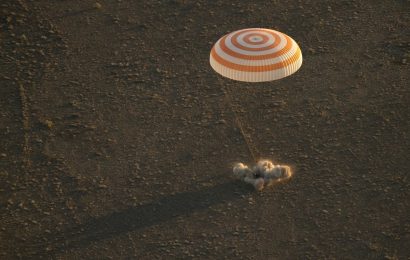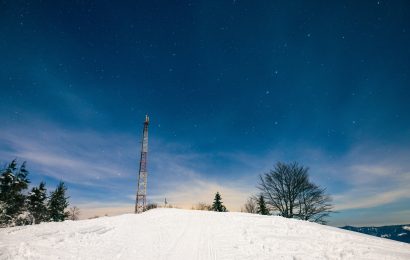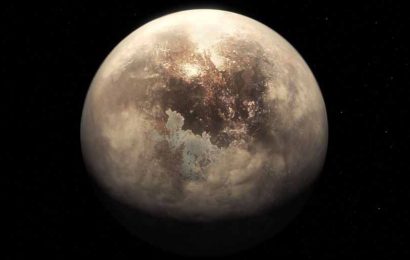A team of 14 European researchers are going on an expedition in Antarctica hoping to find the oldest ice on Earth as announced at the European Geosciences Union Conference (EGU) in Vienna, Austria on Tuesday. The European project is called “Beyond EPICA” and is worth €13 million and it will mean drilling an ice core several km deep hoping to find ice dating back 1.5 million years.
The researchers say the ice core can shed light on Earth’s shifting climate, since the composition of Earth’s atmosphere is preserved in bubbles of carbon dioxide and other gases trapped inside ice. The project involves scientists from 10 countries and 14 institutions and the ice they find will be analyzed by teams of researchers across Europe.
The drilling site is near Concordia Research Station in Antarctica, a French-Italian collaboration which sits 3,300 meters above sea level, near the South Pole. Here the average temperature is -50°C and can fall as low as -80°C in the winter. It is estimated that the project will take years since there is only a two-month windows each year when the Antarctic weather will allow people to work. The mission coordinator is Professor Olaf Eisen, a glaciologist at the Alfred Wegener Institute (AWI) in Bremerhaven, Germany, who stated:
“We are interested in determining the composition of the atmosphere and the time between 900,000 and one point two million years ago. The oldest ice core we have so far is 800,000 years old, that doesn’t go back far enough. So within the project Oldest Ice – which is an international project within the international partnership of ice core sciences – the goal is to find at least one ice core going back to 1.5 million years ago.”
Since the team is expected to drill down 2.7 km and since the oldest layers of ice are compressed by the weight of the newer ones pressing down from above, they are unlikely to be able to peer beyond 800,000 years until the last 200 to 300 meters of ice which should happen by 2024. Prof Eisen also said:
“We have to look for a place which is thick enough to have old ice, but not too thick so that you have melting at the base. You really see that in Antarctica, no country alone is able to really go ahead with such a big project, you really need international collaborations.”



